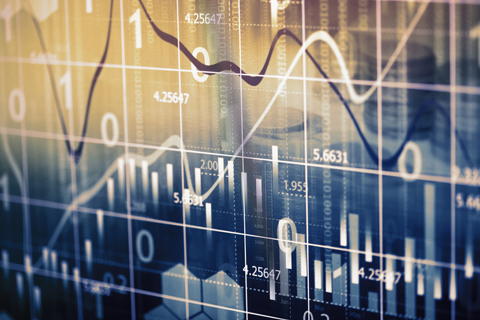Institue for Economic Research: German economy picks up speed again
by David Fleschen

The RWI - Leibniz Institute for Economic Research has raised its forecast for German economic growth this year slightly to 3.7 percent. For the coming year, it expects growth of 4.7 percent. The unemployment rate is expected to be 5.8 percent this year and 5.2 percent next year. Inflation is expected to be 2.5 percent this year and 1.9 percent next year. Government budget deficits are expected to be 160 billion euros this year and 68 billion euros in 2022.
The key points in brief:
- RWI is raising its forecast for German gross domestic product (GDP) for this year slightly compared with March this year, from 3.6 to 3.7 percent. For 2022, it now expects 4.7 percent instead of 3 percent. The recovery from the economic consequences of the Corona pandemic will take place primarily this year. GDP is expected to reach pre-crisis levels by the end of this year.
- In particular, a recovery has begun in the service sectors following the easing of infection control measures, which should provide impetus to the economy. By contrast, the manufacturing sector is expected to be held back initially by increasing supply bottlenecks for raw materials and intermediate products.
- Private consumption fell sharply again in the first quarter of this year as a result of the tightening of infection control measures. In addition, the increase in the VAT rate meant that major purchases by private households were brought forward to last year. With the infection figures now down and the very far-reaching relaxations in place, it is expected that private consumer demand will rise again significantly as early as the second quarter. At the turn of the year, pre-crisis levels should then be exceeded.
- In the first half of 2021, the recovery on the labor market was held back for some time by the continuing infection control measures. In order to keep employees in work, increased use was again made of short-time working. As the year progresses, the number of people on short-time working is expected to fall rapidly and reach pre-crisis levels as early as the third quarter. The unemployment rate is expected to fall slightly to 5.8 percent in the current year. In 2022, it should then fall significantly to 5.2 percent.
Consumer prices have risen significantly since the beginning of this year and are likely to remain high for the time being. What is likely to be of particular significance for price developments over the forecast period is that supply bottlenecks for some raw materials and intermediate products have pushed up the prices of these goods, in some cases substantially. This applies in particular to wholesale prices for raw materials and intermediate products, such as ores, metals and raw and sawn wood. These bottlenecks are likely to be eliminated only gradually, and the price pressure they trigger is likely to remain in place until the end of the year, with diminishing effect. For this year, RWI therefore expects an average inflation rate of 2.5 percent. Next year, inflation is expected to average 1.9 percent.
The deficit in public budgets is expected to be around 160 billion euros in 2021. On the one hand, government revenues are falling, partly due to the partial abolition of the solidarity surcharge and an adjusted income tax rate. On the other hand, government spending is rising sharply, mainly due to extensive corporate aid to mitigate the economic consequences of the Corona pandemic. They are expected to amount to around 30 billion euros. In 2022, the government budget deficit is expected to fall to just under 68 billion euros. In relation to GDP, the fiscal balances are -4.5 and -1.8 percent respectively.
Commenting on the current state of the German economy, RWI head of economic research Torsten Schmidt says: "The German economy is picking up speed again in the wake of the easing of the infection control measures. At present, this is mainly due to the recovery in the service sectors. Economic output and private consumption should reach pre-crisis levels by the end of the year."
Source RWI, Photo: Fotolia

